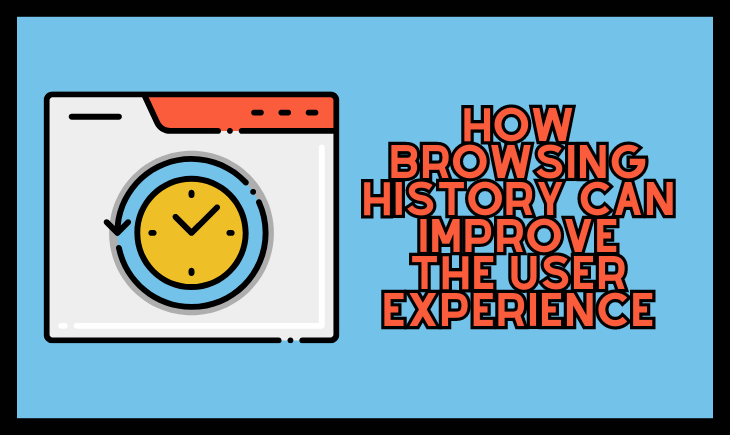Utilizing your clients’ browsing history can significantly enhance the effectiveness and relevance of your family law website. Properly using this information can lead to more personalized user experiences, improved site navigation, increased engagement, and even higher conversion rates.
1. Personalization
One of the most beneficial ways to use a client’s browsing history is by personalizing their online experience. You can provide tailored content and recommendations by analyzing what pages a visitor frequently visits, what articles they read, or what services they show interest in. This personal touch can increase engagement and customer satisfaction, possibly converting occasional website visitors into regular clients.
2. Improved Site Navigation
Analyzing the browsing history can provide insights into the website’s usability. You can see what pages are visited most frequently, how long clients stay on those pages, and where they tend to drop off. This information can help identify areas of your website that may need improvement and inform decisions about site layout, content placement, and navigation ease.
3. Enhanced Content Strategy
Browsing history can give you insights into the topics your clients are most interested in. If a particular blog post or article receives significantly more traffic than others, it might indicate that this is a topic your clients find valuable. You can then focus your attention on creating more content around these topics, driving more traffic to your site.
4. Better User Segmentation
You can segment your clients based on browsing history to serve them more targeted content or marketing messages. For example, if clients frequently visit pages related to estate planning, you can send them personalized emails or notifications about your firm’s services in this area. This targeted approach can significantly up the likelihood of conversion.
5. Informed Marketing Decisions
Browsing history can help you make more informed marketing decisions. By tracking your traffic sources, you can identify which marketing channels are most effective. If a significant portion of your law website traffic comes from social media, investing more in your firm’s social media strategy might be beneficial.
6. Enhanced Client Services
Understanding what your clients are looking for can help you enhance your services. If many clients are researching a specific area of law, offering more services or hosting webinars around that topic might be beneficial.
7. Retargeting
Retargeting is a powerful marketing tool that uses browsing history to serve ads to users who have visited your site but did not take any action. You can remind them of your services, encouraging them to return and complete their action.
Please Remember
While browsing history can offer significant benefits, respecting your client’s privacy is essential. Always obtain their consent before using their data, and comply with all of the necessary privacy laws and regulations. Be transparent about how you use their information and give them the option to opt out if they choose. Ensuring trust and privacy is as essential as leveraging the data to improve your services.
Conclusion
In short, browser history can give you much insight into your customers’ needs and preferences. Studying their browsing history can help you improve your family law website to address their pain points directly and boost your chances of conversion.


